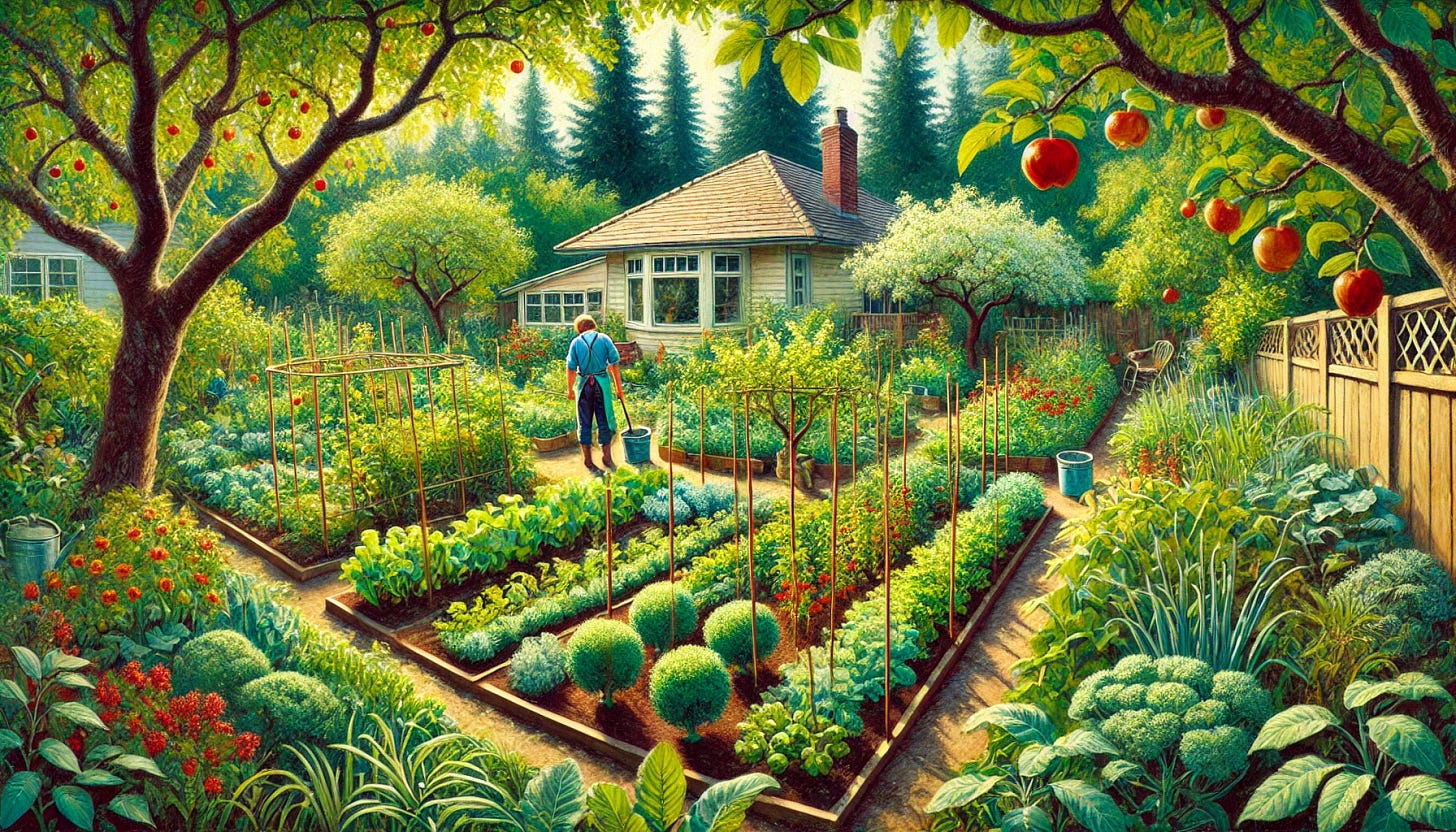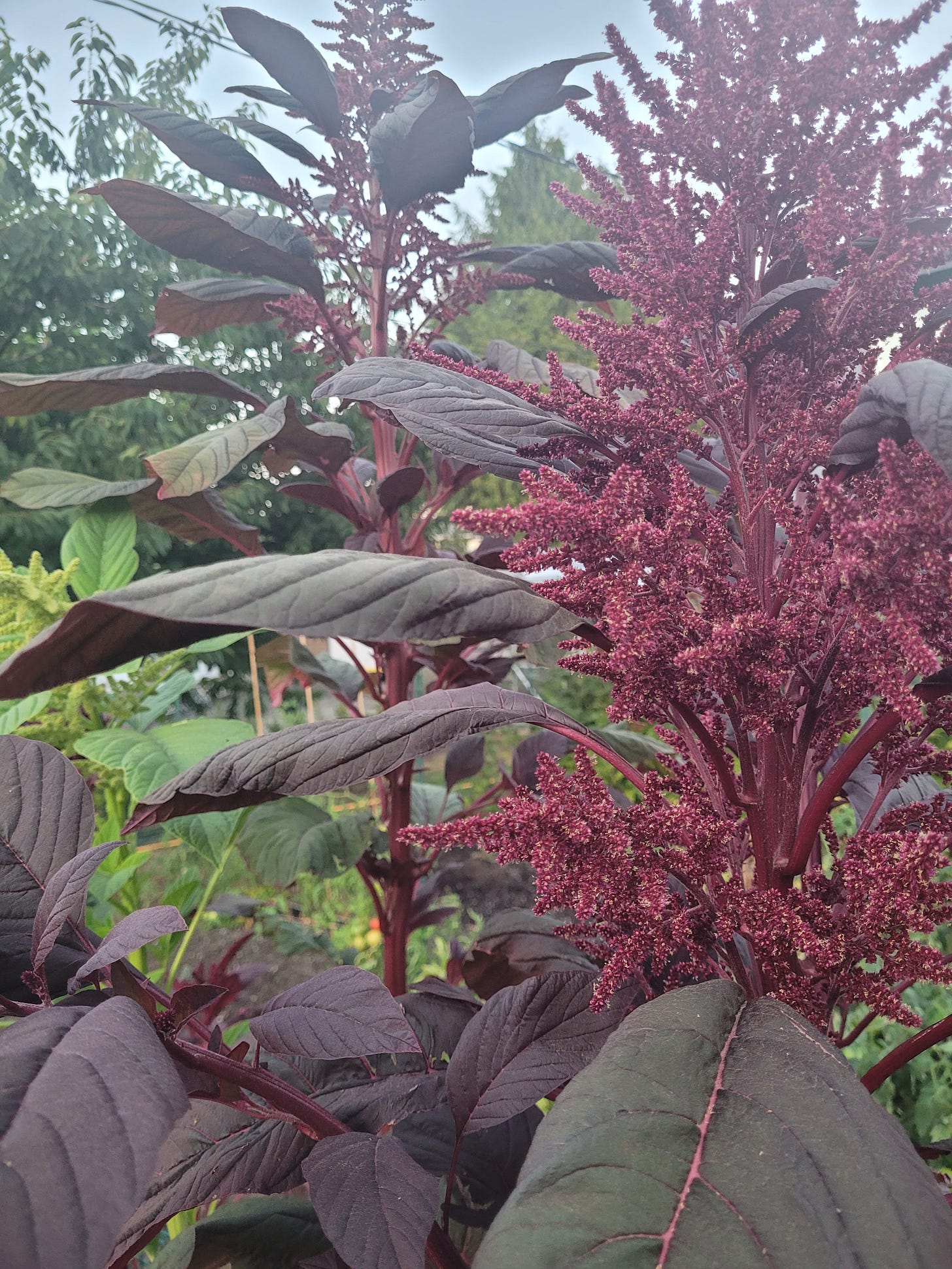Home gardens require water, soil, and a skilled gardener equipped with the necessary tools to tend to beds and plants. With suitable land and motivation, gardens can yield significant returns. However, this combination of space, skills, and time is accessible to only a portion of society.
Is it realistic to expect a typical citizen to gain more from gardening than from other uses of their time and effort?
As a country, we produce enough food to feed our populace many times over. Unfortunately one in four Canadians live in food insecure households. Gardening is one way we might directly address this need.
Not everyone is well-suited for productive gardening. But if we support the most engaged of us, imagine what we could do.
Gardening can be transformative when tailored to your unique needs, but attempting to do everything at once can be overwhelming. We should humbly acknowledge our role in global trade, starting with a review of our habits. e.g. daily coffee, skincare products and favorite foods.
According to the Canada Food Price Report 2024, the average family of four will spend $15,595.40 on food, excluding restaurants. The study also found that Canadians were cutting their food budgets, even as food prices continued to rise.
What's most important varies based on lifestyle priorities. Whether it’s reducing your grocery bill, or helping the environment, your motives are valid. You may never harvest bushels of produce, but you might grow aloe on your windowsill or keep herbs and flowers for oils, teas, or tinctures.
Research Co. Poll Conducted on Gardening [06/25/2021]
63% of Canadians garden at home, only 14% spending over $200 yearly
57% of people between 35-54 garden, while 68% of people aged 55+ garden
61% of gardens grow food, or a combination of food and ornamental plants
Be honest about the life you want to lead. Are you a hobby gardener, or do you plan to manage a garden plot that sells at the farmers’ market each year? You may prefer low-maintenance yards filled with trees, shrubs, and perennials, choosing to buy fresh, local food from the market instead.
Stories growing up, of those first few years…
I rented a post-war era detached home, on a narrow urban lot with a small lawn ahead of a solitary rose bush growing against the front stairs. In the back, a small stretch held three fig trees, one pear tree and one plum tree. With care and attention, we revived Hostas and brought new life to a long-neglected grapevine.
Food grown at home became more than another source of income. The benefits went beyond the value of the produce. It transformed how we ate, with the food preparation and cooking adding value. Onions, carrots, celery and potatoes with fresh bread rolls transformed $10 worth of groceries into a $25 meal for four.
Truth is, we loved the garden. Taking small steps towards self sufficiency was more than practical, it was downright romantic. Early on, it mostly educated us of our reliance upon ‘the system’. We started to learn where to find the best food.
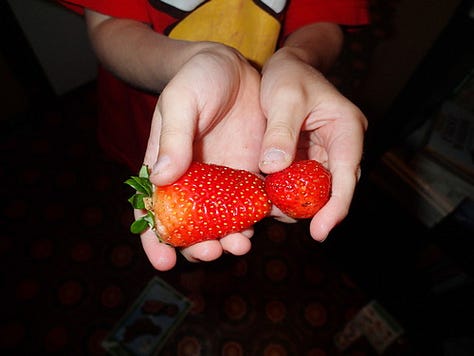


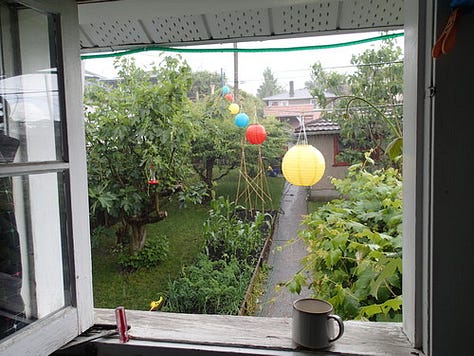

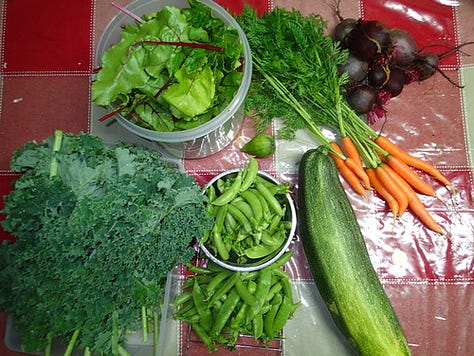
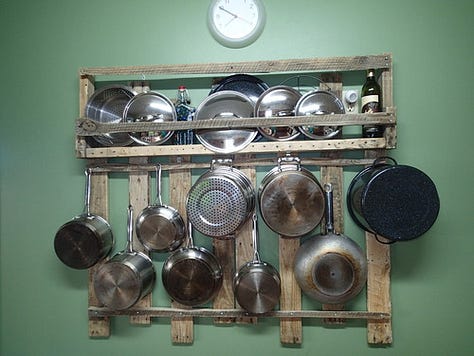


The first time our youngest child forgot his lunch his teacher asked if it was okay to feed him ‘regular’ food. She informed me that the home grown and from scratch nature of his lunches made her think he had a special diet. I was flattered, but he was certainly okay to eat ‘normal’ stuff.
Collected mint leaves, easily makes a year’s worth of herbal tea. Replacing a coffee habit might make the price of coffee, cream and sugar, more relevant than the cost of the mint leaves.
A $1 plant could replace a $10 ointment.
Apples from a tree can be bottled as juice, baked into pies, dried as fruit leather or turned into sauce. Combining pears, and simmering fruit mixes down gives us fruit syrups to flavor plain yogurt or pour over pancakes. We foraged blackberries from a nearby ravine, with a ladder and ice cream pails.
The ‘cost to buy them’ chart below shows our garden wasn't perfectly balanced. We focused on existing fruit trees, foods we liked, and where we felt confident enough to experiment, never limited by the cost of seeds or starters, but rather by finding the right spot in the garden.

To manage dozens of figs, we would cut and dry pieces in a large food dehydrator. These little chewy snacks tasted really good, keeping for months in the cupboard. Fruit found its way into pastry filling, jam or chutney. Canning of tomato sauce and salsa we planned, whereas other recipes were driven by what we grew a lot of.
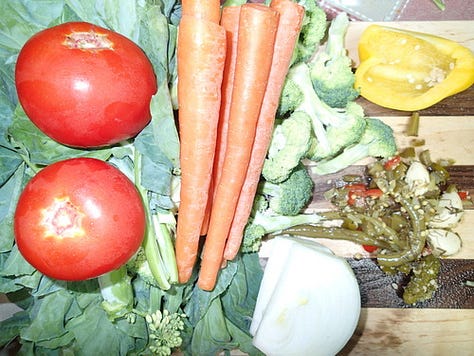

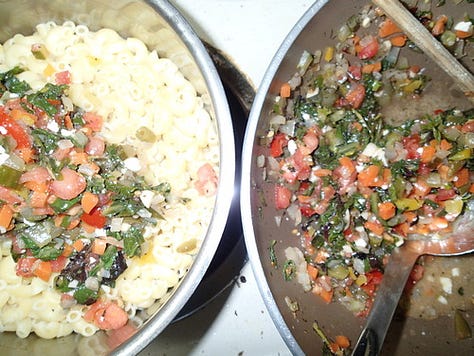


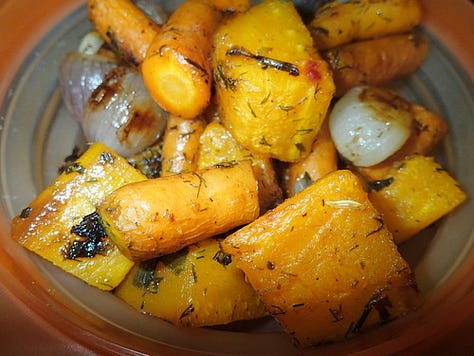
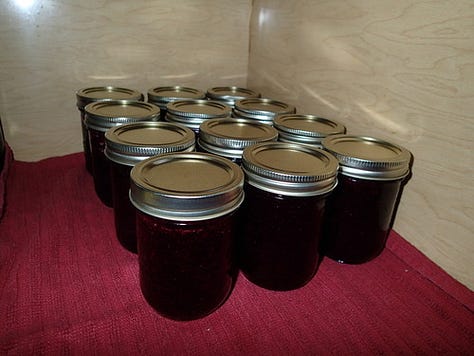

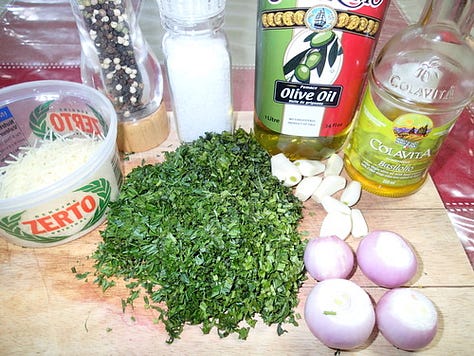
We managed to reduce living costs by about $2400 per year. Initial garden bed set up increased early expenses. By integrating gardening steps into my regular chores, it grew easier and easier to manage. Relying on others for meat and dairy, buying in larger quantities, and utilizing freezer storage.
After moving to a new home, a desire for more results and less effort led me to adopt ‘food forest’ principles alongside ‘no dig’ garden beds. This approach reduced the labor and costs associated with setting up raised beds or tilling garden rows.
There’s something rejuvenating about a life surrounded by food you’ve grown. Eating freshly plucked berries, hauling in a massive cauliflower, or piling whipped cream atop the apple and pear sauce you canned last year brings a sense of security. We even fermented and drank our own wine, which, while not extraordinary, was our own creation.
Ready to start growing something? Here’s how to get rolling…
Make a shortlist of items that really suit your lifestyle, the more expensive the better. Teas, herbs, and therapeutic medicines can be pricey by weight. Your new fitness routine’s juice smoothie habit might justify planting a patch of carrots. Allergies can make certain foods invaluable, filling gaps in your diet.
Start by watching videos and reading articles to familiarize yourself with common pitfalls and frequently shared advice. Keep it simple and allow two or more years for the gradual adoption of your new routine to take hold. The benefits come to those who embrace the discipline as joyful ritual.
Shopping with a gardener’s eye for produce and a cook’s creative recipes enriches life. Find local farms and get comfortable with processing large batches of unprocessed foods. Endless blessings come to the gardener who knows how to cook!
Fill your pantries and freezers, enjoy home-cooked meals all year round. Becky at Acre Homestead runs a YouTube channel that can help you push the limits of gardening and cooking at home.
Buy what you believe in. Understanding the source of life’s staples allows one to choose who to support. Take control of the nutritional quality of your meals.
Charles Dowding, a UK based gardener shares his No Dig gardening, where he explains how he runs his highly successful market garden with a focus on soil health through compost addition and mulching.
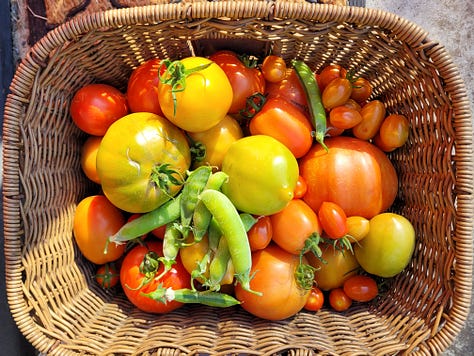
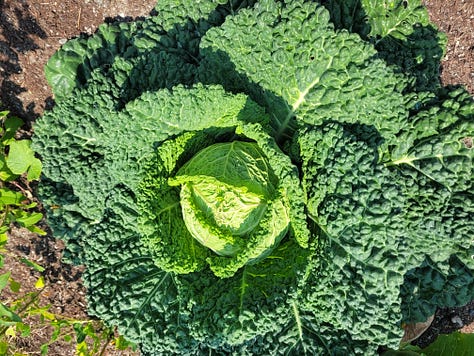

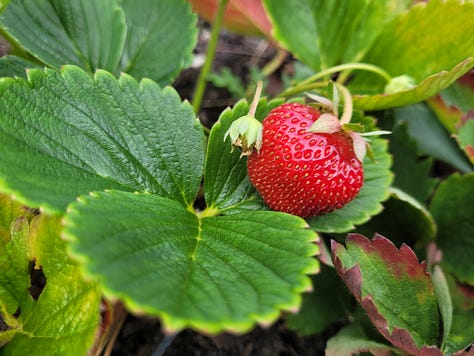

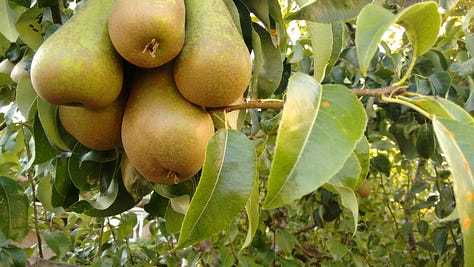
If you garden for food or just the beauty of it, I support you. We have the right to feed ourselves, but we must also respect our responsibility to protect our natural ecosystems.
Let’s grow together and ensure everyone is sustainably fed.





